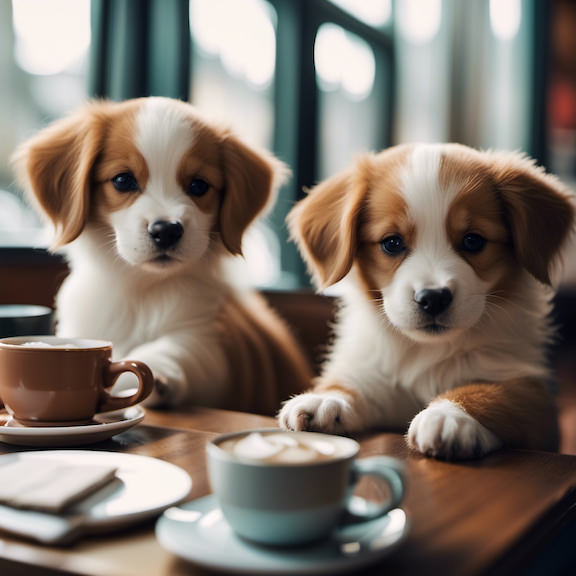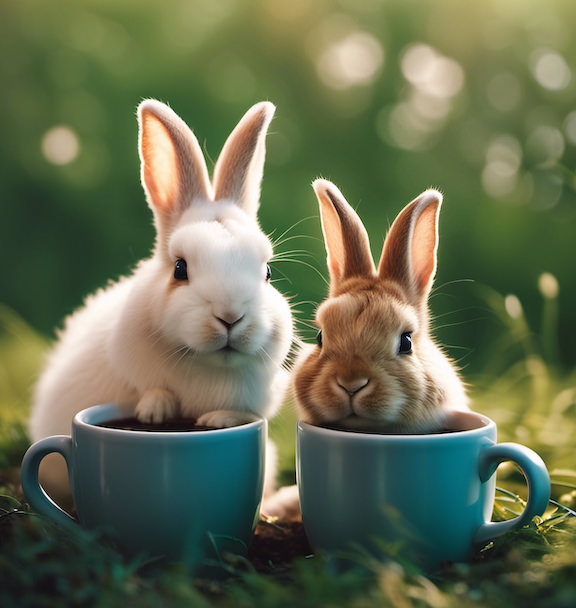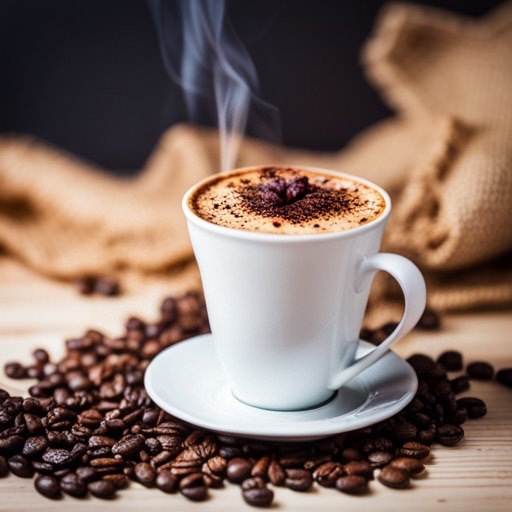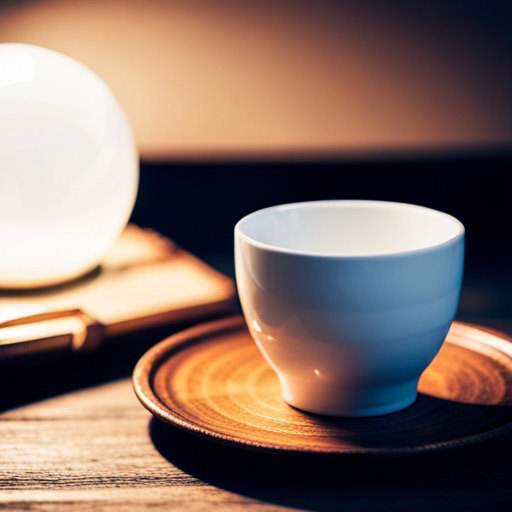In an era where screens and individual devices often dominate our social interactions, playing a game together at a coffee shop presents a refreshing opportunity to connect, engage, and enjoy each other’s company in a meaningful way. Coffee shops, with their warm ambiance and aromatic delights, offer a perfect setting to unwind and foster deeper connections. Engaging in a light-hearted game not only enhances the enjoyment of your favorite brew but also rekindles the joy of conversation, laughter, and shared experience. Whether it’s a first date, a catch-up with an old friend, or quality time with a loved one, these coffee-themed games invite you to set aside your phone, stir your creativity, and indulge in the simple pleasure of being present with one another. So next time you find yourself at a café, consider exploring these games, and watch how they transform an ordinary coffee break into an extraordinary memory.
–Coffee Clues–
Objective: Describe different coffee types or café items without saying the name.
Instructions:
- Prepare the Words: Prepare a list of coffee-related words in advance, or use a coffee-themed app or website to generate words.
- Set a Timer: Player A has 60 seconds to describe the word without saying it, using clues related to the taste, preparation method, or appearance.
- Guess the Word: Player B attempts to guess the word based on the clues.
- Switch Roles: Players switch roles and repeat the process.
- Scoring: Correct guesses earn a point. Total the scores at the end of a predetermined number of rounds.
- Winning: The player with the most points at the end wins.
Variations: You can modify the difficulty by limiting the types of clues that can be used, or by introducing more specific categories like coffee-producing countries or famous cafés.
–Coffee Canvas–
Objective: Create doodles or sketches that represent different coffee terms or objects.
Instructions:
- Prepare Drawing Tools: Bring paper, pens, or a drawing app if playing virtually.
- Pick a Word: Player A picks a coffee-related word from a pre-made list or at random.
- Draw the Word: Player A has 30 seconds to draw the word without using any letters, numbers, or verbal clues.
- Guess the Drawing: Player B tries to guess the word based on the drawing.
- Switch Roles: Players switch roles and repeat the process.
- Scoring: Correct guesses earn a point. Total the scores at the end of a predetermined number of rounds.
- Winning: The player with the most points at the end wins.
Variations: You can add thematic challenges, such as drawing with the non-dominant hand, or add a rule where other café-goers can participate in guessing.
–Coffee Quest–
Objective: Spot different items or behaviors within the café.
Instructions:
- Prepare the List: Create or print a bingo-style card with a list of common things to see in a café, including objects, people’s behaviors, or café décor.
- Set a Timer: Players have 3 minutes to quietly observe the café and mark off as many items on the list as they can find.
- Spotting Items: Use creativity in spotting items; for example, “someone drinking an espresso” could count if you see a small coffee cup.
- Scoring: Each spotted item earns a point. Total the scores at the end of the round.
- Winning: The player who spots the most items, or completes a row/column if using a bingo-style card, wins.
Variations: The game can be customized for different café environments or played as a continuous game over several café visits, tallying scores over time.
Please note that if you purchase from clicking on the link, some will result in my getting a tiny bit of that sale to help keep this site going.






